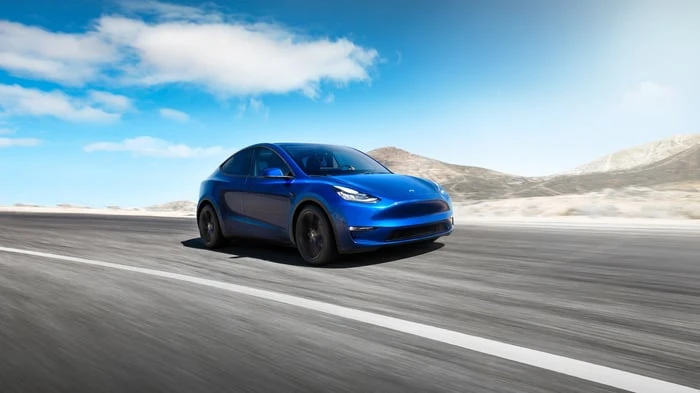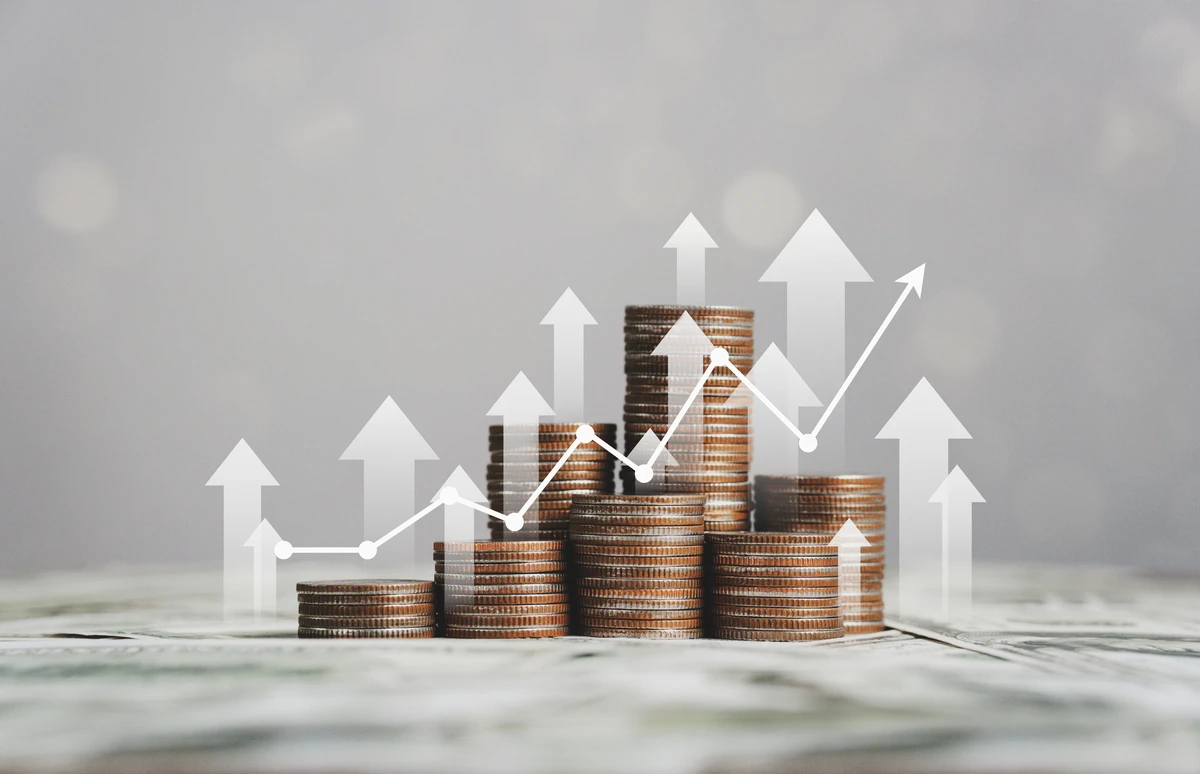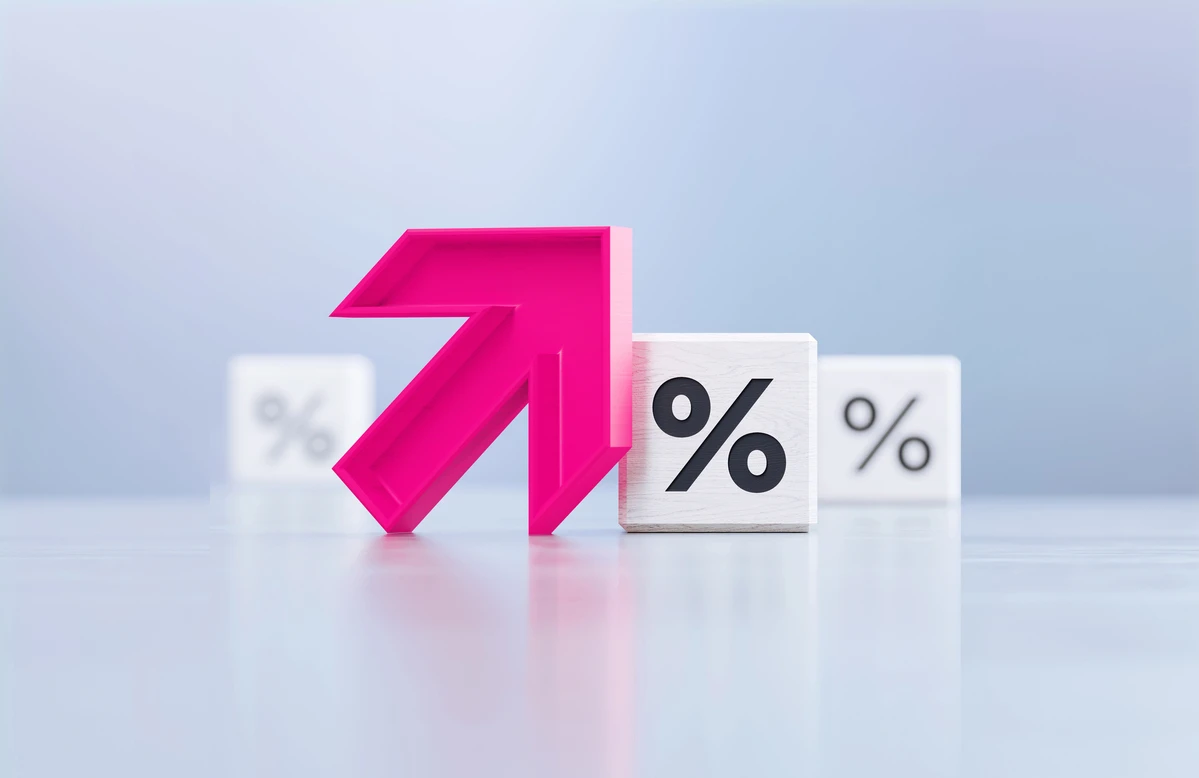Contents
Cathie Wood and Ark Invest’s Vision
Cathie Wood, the founder and chief investment officer of Ark Invest, oversees a suite of exchange-traded and private funds focused on pioneering technologies. These funds target sectors such as electric vehicles (EVs), robotics, space exploration, artificial intelligence (AI), and more.
Recently, Wood highlighted Tesla (-2.33%) as the most significant AI opportunity worldwide due to its new self-driving (FSD) technology. This development could potentially revolutionize Tesla’s financial model. Reflecting this belief, Ark released a report in June projecting a price target of $2,600 for Tesla’s stock by 2029.
This prediction suggests a staggering 990% increase from the stock’s current value, a forecast that seems optimistic given Tesla’s declining EV sales. Even Elon Musk, Tesla’s CEO, acknowledges that achieving Ark’s target will be challenging.

Challenges in Tesla’s Core Business
In 2023, Tesla delivered an unprecedented 1.8 million vehicles, marking a 38% growth from the previous year. While the company hasn’t provided a delivery forecast for this year, analysts anticipate a rise to 2.2 million vehicles, indicating a slower growth rate of 22%.
Musk had previously assured investors of a 50% annual increase in EV production and deliveries, a goal that now seems unattainable. In the first half of 2024, Tesla’s deliveries fell by 6.5% compared to the same period in 2023, despite significant price cuts to stimulate demand. This strategy has severely impacted Tesla’s automotive gross profit margin, which dropped to 14.6% in the second quarter, a stark contrast to its peak of over 30% in 2021.
The dip in demand for EVs is a pressing concern. In Europe, EV sales plunged 44% in August compared to the same month last year, with the market share falling to 14% from 21%. Major automakers like Ford and General Motors have scaled back multi-billion-dollar investments in EVs, citing waning consumer interest.
Research by Goldman Sachs indicates that consumers are worried about the lack of rapid charging infrastructure and the rapid depreciation of used EVs. Additionally, high global interest rates have increased borrowing costs, prompting many buyers to opt for more affordable gasoline-powered vehicles.
Competition is another factor. For instance, China-based BYD is offering one of its EV models for under $10,000 in its domestic market, where Tesla has a strong presence. This model might reach Europe by 2025. Tesla can’t match that price point but is developing a low-cost model expected to sell for about $25,000, slated for release next year. Tesla hopes its premium brand reputation will attract lower-income consumers.
The Role of FSD in Ark’s Forecast
Tesla is at the forefront of autonomous driving software development. Although this software isn’t yet approved for widespread use on U.S. roads, Ark’s research indicates that customers have driven 1.3 billion miles using beta versions of the technology. The latest version, 12.5, boasts five times the parameters of version 12.4, making it the most advanced iteration to date.
Tesla plans to unveil a robotaxi, the Cybercab, on October 10. This vehicle, crucial to Ark’s $2,600 price target for Tesla stock, will be fully powered by FSD, opening avenues for new revenue streams such as autonomous ride-hailing akin to Uber but without human drivers.
Musk envisions a ridesharing network where Cybercabs generate revenue continuously. Tesla owners who purchase FSD can lend their vehicles to the network when not in use, earning extra income shared with Tesla.
Ark projects that Tesla will amass $1.2 trillion in revenue by 2029, with 63% ($756 billion) stemming from the robotaxi platform. This figure excludes potential FSD licensing agreements with other automakers, which seem to be under consideration. Achieving this goal is ambitious, as Tesla is projected to generate just $98.9 billion in revenue this year, necessitating a compound annual growth rate of 64.7% to meet Ark’s projections.
Musk himself had predicted only 50% annual growth, a target he hasn’t met. In a social media post in June, he admitted that meeting Ark’s forecast would be “extremely challenging.”
The Impossibility of Reaching Ark’s Price Target by 2029
Considering the current data, Ark’s revenue model appears overly ambitious. Tesla’s shrinking gross profit margin, mentioned earlier, is a significant factor contributing to the steep decline in the company’s earnings per share (EPS).
In the second quarter of 2024, Tesla reported an EPS of $0.42, a dramatic 46% decrease year-over-year. With a trailing-12-month EPS of $3.56 and a stock price of around $238, Tesla’s price-to-earnings (P/E) ratio stands at 67.
This figure is more than double the Nasdaq-100 index’s P/E ratio of 30.8, suggesting Tesla is significantly overvalued compared to its big-tech peers. With rapidly declining earnings, justifying such a premium valuation is challenging.
Investors may be drawn to the stock by prospects like FSD and the robotaxi platform, which could surpass Tesla’s EV business in the coming years if Ark’s predictions hold true. However, there’s uncertainty about when or if these technologies will receive regulatory approval, making their potential financial impact on the company speculative at this point.
Therefore, it seems improbable that Tesla’s stock will skyrocket 990% to reach $2,600 by 2029 based on current calculations. While Tesla undoubtedly has an exciting future, purchasing the stock at its current price exposes investors to downside risk.
Should You Invest $1,000 in Tesla Right Now?
Before considering an investment in Tesla, ponder this:
The Motley Fool’s Stock Advisor analyst team recently pinpointed what they believe are the 10 best stocks for investors to buy now, and Tesla wasn’t one of them. These 10 stocks have the potential to yield substantial returns in the upcoming years.
Reflect on when Nvidia made this list on April 15, 2005. If you had invested $1,000 at that time, your investment would now be worth $710,860!*
The Stock Advisor service provides investors with a straightforward blueprint for success, offering guidance on building a portfolio, regular analyst updates, and two new stock picks each month. Since 2002, the Stock Advisor service has more than quadrupled the return of the S&P 500.*
Discover the 10 stocks ›
*Stock Advisor returns as of September 17, 2024




